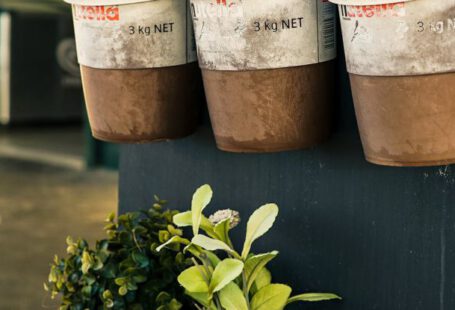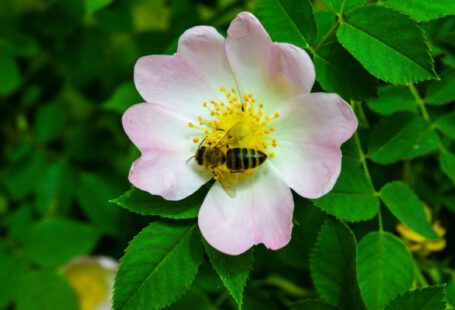Gardening enthusiasts often find themselves faced with the question of whether it is possible to mix vegetables and flowers in the same garden. Traditionally, these two types of plants have been kept separate, with vegetable gardens serving a purely functional purpose and flower gardens being more decorative. However, as more people are turning towards sustainable and aesthetically pleasing gardening practices, the idea of intermingling vegetables and flowers is gaining popularity. So, can you mix vegetables and flowers in the same garden? Let’s explore this topic further.
The Benefits of Mixing Vegetables and Flowers
Combining vegetables and flowers in the same garden can offer a range of benefits. One of the key advantages is the promotion of biodiversity. By planting a variety of flowers alongside your vegetables, you can attract pollinators such as bees and butterflies, which are essential for the fertilization of many vegetable crops. This can result in higher yields and better overall garden health.
Additionally, planting flowers in your vegetable garden can help to naturally control pests. Certain flowers, such as marigolds and nasturtiums, are known for their pest-repelling properties. By strategically placing these flowers among your vegetable plants, you can help to deter unwanted insects and reduce the need for chemical pesticides.
Furthermore, mixing vegetables and flowers can create a visually appealing garden space. The vibrant colors and varied textures of flowers can add interest and beauty to your vegetable garden, making it a more enjoyable place to spend time.
Choosing the Right Plants
When mixing vegetables and flowers in the same garden, it is important to choose plants that are compatible in terms of their growing requirements. Consider factors such as sunlight, water, and soil preferences when selecting plants for your garden. Some flowers, such as sunflowers and zinnias, require full sun, while others, like impatiens and begonias, prefer partial shade. Similarly, vegetables have varying needs when it comes to water and soil conditions.
It is also helpful to consider the growth habits of different plants. Tall flowers, such as hollyhocks or delphiniums, can provide shade for sun-sensitive vegetables like lettuce or spinach. Meanwhile, low-growing flowers, such as alyssum or lobelia, can act as ground cover, helping to retain moisture and suppress weeds.
Companion Planting Strategies
Incorporating companion planting strategies can further enhance the benefits of mixing vegetables and flowers in the same garden. Companion planting involves pairing plants that have mutually beneficial relationships, such as repelling pests, attracting beneficial insects, or improving soil health.
For example, planting marigolds alongside tomatoes can help to deter nematodes, a common pest that affects tomato plants. Similarly, interplanting dill or cilantro with cucumbers can attract predatory insects that feed on cucumber pests.
Experimenting with different companion planting combinations can help you create a more resilient and productive garden. Keep in mind that not all companion planting suggestions are backed by scientific evidence, so it may require some trial and error to find the strategies that work best in your garden.
Maintaining Harmony in the Garden
While mixing vegetables and flowers in the same garden can be beneficial, it is important to maintain harmony between the different plants. Avoid overcrowding your garden beds, as this can lead to competition for resources and inhibit plant growth. Regularly monitor your garden for signs of nutrient deficiencies, pests, or diseases, and take appropriate action to address any issues that arise.
By carefully planning and tending to your mixed vegetable and flower garden, you can create a beautiful and productive outdoor space that nourishes both body and soul. So, if you’ve been wondering whether you can mix vegetables and flowers in the same garden, the answer is a resounding yes. Embrace the diversity of plant life and enjoy the myriad benefits that come from intermingling vegetables and flowers in your garden.
In conclusion…
In conclusion, mixing vegetables and flowers in the same garden can be a rewarding and sustainable gardening practice. By promoting biodiversity, controlling pests naturally, and creating a visually appealing garden space, you can enjoy the best of both worlds. With careful plant selection, companion planting strategies, and ongoing maintenance, you can successfully integrate vegetables and flowers in your garden and reap the many benefits that this harmonious combination has to offer. So, go ahead and get creative with your garden design – your plants will thank you for it!





